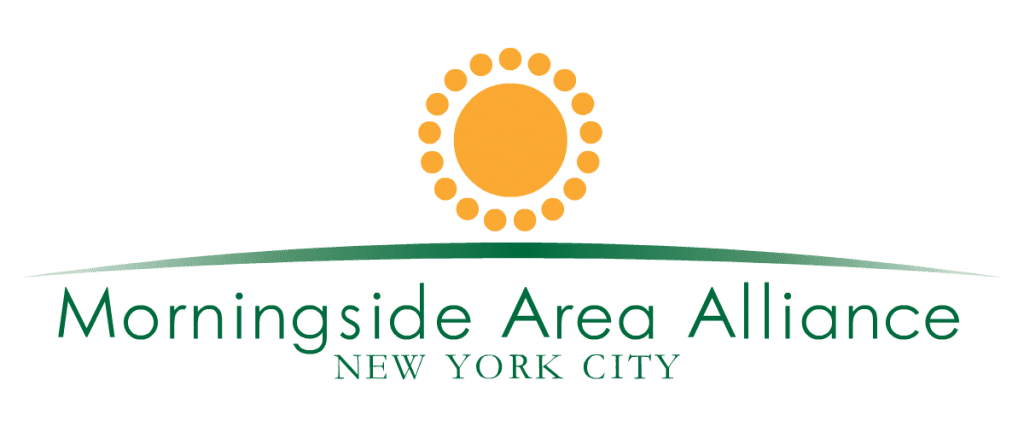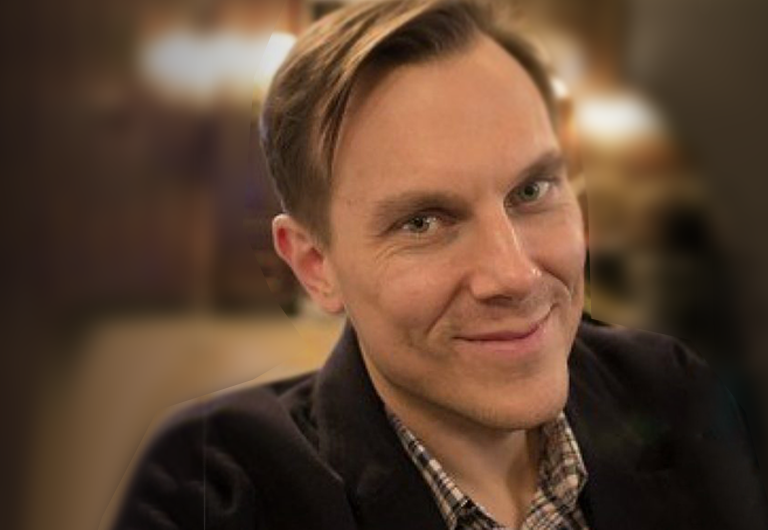As the new Chair of the Department of Religion, Matthew Engelke aims to expand the department’s scholarly reach to new areas of inquiry and collective exchange for both faculty and students. A member of the Executive Committee of the Institute for Comparative Literature and Society, he was trained as an anthropologist, and has conducted fieldwork in Zimbabwe and in Britain. Engelke is working on a book about secularity and death, based on research among humanist funeral celebrants in London, where he taught in the anthropology department at the London School of Economics and Political Science for 16 years.
Columbia News caught up with Engelke recently to learn about his plans as a new chair, and what he’s currently working on and thinking about.
What is the thread that runs through your broad body of research?
All of my major projects as an anthropologist have revolved around questions of media and mediation. This hasn’t always involved a focus on particular media forms—books, radio, the Internet—although I’m interested in them, too. What I want to know is how people understand media as a way in which to make something present, or not, as the case may be.
This is a compelling question for religious communities, with the presence of the divine. How is God or the divine made present? Through a book, a human voice, a statue? It can also be a question of human presence—which is what I’ve been occupied with most recently, as I have turned in my research from a focus on Christian communities to secular humanist communities. Humanists don’t accept the idea of divinity, but they are devoted to understanding and articulating the presence of, say, a loved one who has died. These are all questions of media, and how media makes something present—something here—or not.
What are you working on now?
I’m finishing a book on secular humanists. I started studying an organized group of humanists in Britain back in 2011. The book concentrates in particular on their provision of funerals to other humanists, to atheists, and, more generally, to people who identify as not religious. I’m interested in how funerals—as a ritual form—both create and convey certain secular understandings of, and frames for, the world.
For humanists, one of the most important things about a non-religious funeral is that it provides a space for community and comfort, but also that it underscores “the one life we have,” as they put it—that a funeral does not, in other words, suggest that the dead are in heaven or an afterlife. With these practices, humanists emplace the dead, literally and figuratively; for example, with the coffin. Humanist celebrants who conduct these funerals think a lot about how to address and interact with a coffin. Some “speak” to it, as if it were the person; some touch the coffin, or bow to it deferentially. Others do not, because they worry that this will prompt mourners to treat the dead as enchanted. “That’s not the person!” they will say. So again, these are issues of presence and absence.
This trend, by the way, of people seeking non-religious funerals is growing in many places. In Britain, some estimates put the figure of humanist funerals at 10 percent, but one study from 2019 also highlights that only 10 percent want a “traditional religious funeral.” There’s a lot of gray space, and fascinating outpourings of creativity and bespoke approaches. One way of looking at this is that having a unique funeral has become the default. So—not very unique. But such approaches show how values of sincerity, authenticity, and individualism are expressed in new ways.
As you step down from directing the Institute for Religion, Culture, and Public Life (IRCPL) after six years, what are you most proud of having achieved there?
Being part of IRCPL was an amazing opportunity in so many respects: I worked with colleagues at and beyond the University to support their research. I also edited the Institute’s book series, and curated a huge range of events that touched on the most pressing issues of our day.
What most stands out, though, was the development of several new funding projects, workshops, and publication outlets for students and early-career researchers. We started a book prize competition for first books, launched a dissertation fellowship program, and established a new position for a postdoctoral research scholar. These initiatives have enabled me to learn more about—and support—what the next generation of scholars of religion will be exploring. In the dissertation workshop, I had a chance to read cutting-edge work on everything from Dante’s Inferno, to race and faith among West African teenagers in New York, to Hindu nationalism in India, and to the histories of Islam in 19th-century China.
What have you been teaching this year?
For the past several years, I’ve taught Contemporary Civilization, which I always love, as part of the Core Curriculum. In the fall of 2023, I offered a new seminar in the Religion Department on the topic of sacrifice. Teaching a brand-new course is always both exciting and daunting. We looked at sacrifice from a number of angles—in relation to Jewish and Christian traditions, through explorations of European philosophy and social thought, via classic debates in anthropology on regicide, and in the thought and writings of W.E.B. Du Bois. Sacrifice is about a lot of things—exchange, gifts, life and death, atonement, faith, nations, sovereignty. The students were incredible: I had undergrads from the College, GS, and Barnard, MA students, and PhD students. It was a two-hour seminar, and sometimes they were so on fire, I spoke for only about five minutes.
As the new Religion chair, what are your plans for the department?
Over the past several years, we’ve been developing an initiative on race and religion. There are key aspects of this project that I want to help take forward, including with respect to the curriculum and faculty recruitment. This semester, we’re also re-launching a departmental colloquium. There are lots of subfield seminars and workshops at Columbia—venues for experts on, say, North American religions or Islamic Studies to share work and hear guest speakers.
The intention with this department-wide colloquium is to reinvigorate a shared space of engagement and exchange. The faculty and students in Religion have a huge range of interests and trainings—in philosophy, anthropology, sociology, area studies, literature, philology, and more. We work to make sure that our research speaks across disciplines, traditions, and interests—to specialists, of course, but not only specialists. The colloquium will, I hope, help cement this commitment even more.
What was your path to an academic career?
I like books. As an anthropologist, I like reading books about people, but then leaving the library to go interact with people. I went straight from college to grad school. I’m not at all convinced that’s the best path. But it was my path. From about age 12, I wanted to be a professor. I thought it would be history, but it turned out to be anthropology of religion—which I had no idea of when I was 12.
Any advice for students interested in a professional trajectory similar to yours?
Stay fully human. Stay connected to your loved ones, your communities, and don’t neglect your well-being for the sake of some unreal image of the Life of the Mind.
What is special about teaching at Columbia and in New York?
At Columbia, I can put together a course on sacrifice just because I want to explore the topic. I am able to sit with a small group of sophomores and juniors for four hours every week, and talk about Thomas Hobbes or Mary Wollstonecraft. It’s humbling to have such esteemed colleagues. When I came here in 2018, probably half of the authors I was wrestling with in relation to my research on secularism and religion were at Columbia and Barnard. Now I share a meal or a drink with them, collaborate on workshops, and see them across the table at a meeting.
New York—wow, what an intense and energetic place. You realize the power of cliché when living in this city. I love New York for New York, and also because lots of people I know come through the city, and I get to see them way more than I would anywhere else. I was never one of those 20-somethings who said, “New York or nowhere!” But it’s irresistible.
Source link

